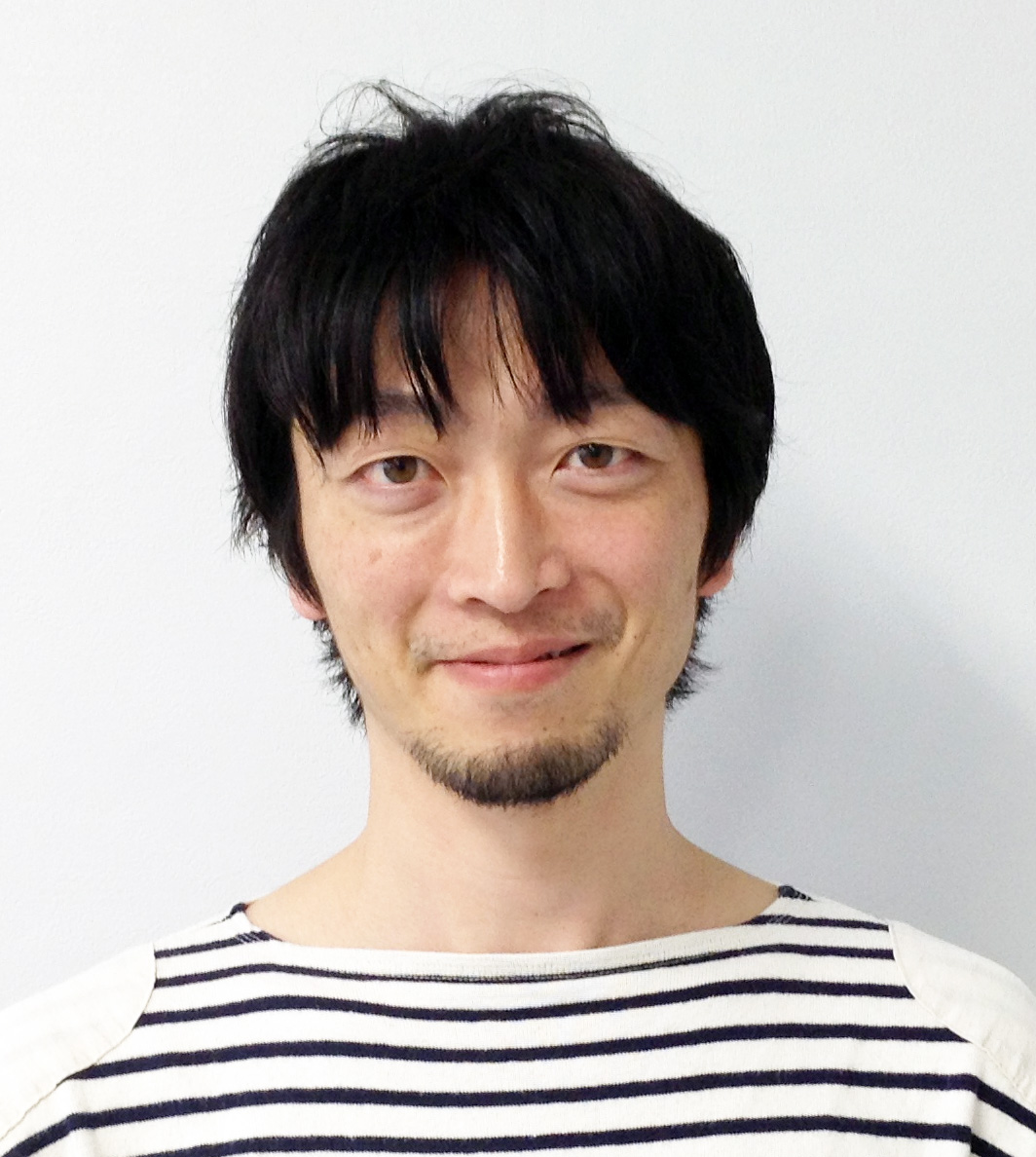Related Outline
In order to organize organs, tissues are comprised of a multitude of cells that can be regulated by both intrinsic and extrinsic mechanisms during morphogenesis. These mechanisms include inherited genetic programs and the extracellular environment, such as forces sensation, respectively. Forces are widely recognized as crucial factors for determining cellular properties and tissue organization. My research objective is to understand the intricate shape of the heart, which continuously experiences various types of forces from all sides of cells. However, the mechanism remains largely unclear. I employ zebrafish embryos and have taken several approaches, encompassing cell biology, developmental biology, and biophysics, which have mainly shed light on: 1) the Hippo signaling mechanism during early heart morphogenesis, 2) a novel mechanism for the differentiation and development of cardiac muscle cells, and 3) the force-dependent bioelectric mechanism involved in the formation of cardiac valves. Based on latest research, I have started to incorporate biophysical approaches, thus I would like to take excellent opportunities to learn about the perspectives of physics through this collaborative grant.
Regarding my hobby, I just started fishing since I move to Tokushima. Thus, I interact with fish both in my work and personal life.
Career
Hajime obtained his Ph.D. (biostudies) from Kyoto University (Laboratory of Bioimaging and Cell Signaling) in 2009. From 2009 to 2012, he was an assistant professor at Kyoto Prefectural University of Medicine (Department of Developmental Biology and Anatomy) and focused on the ciliary proteins in the organ development. He then joined the lab of Director Naoki Mochizuki at the National Cerebral and Cardiovascular Center (NCVC) Research Institute, Osaka, Japan (as a staff scientist in 2012-2021, then promoted as a laboratory chief in 2022-2023). During 2017-2020, he temporary quit his job and studied heart valve morphogenesis in response to the mechanical forces in the lab of Julien VERMOT at the Institut de Génétique et de Biologie Moléculaire et Cellulaire (IGBMC), Strasbourg, France. Since 2023 July, he starts to organize his laboratory as an independent associate professor at Institute of Advanced Medical Sciences, Tokushima University.
Representative Achievements
- Rhythmic forces shaping the zebrafish cardiac system
Fukui H, Chow RW, Yap CH, Vermot J.
Trends in Cell Biology, 35;166-176 (2025).
DOI: 10.1016/j.tcb.2024.10.012 - Dynamic stimuli shape cardiac development: manipulating mechanical forces in the embryonic zebrafish heart.
Vagena-Pantoula C, Fukui H, Vermot J.
Journal of Visualized Experiments, 215 (2025).
DOI: 10.3791/67604 - Cardiac forces regulate zebrafish heart valve delamination by modulating Nfat signalling
Chow RW, Fukui H, Chan WX, Tan KSJ, Roth S, Duchemin A-L, Messaddeq N, Nakajima H, Liu F, Faggianelli-Conrozier N, Klymchenko A, Yap CH, Mochizuki N, Vermot J*
PLOS Biology, 2022: 20;e3001505.
DOI: https://doi.org/10.1371/journal.pbio.3001505 - Bioelectric signaling and the control of cardiac cell identity in response to mechanical forces
Fukui H, Chow RW, Xie J, Foo YY, Yap CH, Minc N, Mochizuki N, Vermot J*
Science, 2021: 374;351-354.
DOI: https://doi.org/10.1126/science.abc6229 - Hippo signaling determines the number of venous pole cells that originate from the anterior lateral plate mesoderm in zebrafish
Fukui H, Miyazaki T, Chow RW, Ishikawa H, Nakajima H, Vermot J, Mochizuki N*
eLife, 2018: 7;e29106.
DOI: https://doi.org/10.7554/eLife.29106 - S1P-Yap1 signaling regulates endoderm formation required for cardiac precursor cell migration in zebrafish
Fukui H, Terai K, Nakajima H, Chiba A, Fukuhara S, and Mochizuki N*
Developmental Cell, 2014: 31;128-36.
DOI: https://doi.org/10.1016/j.devcel.2014.08.014

